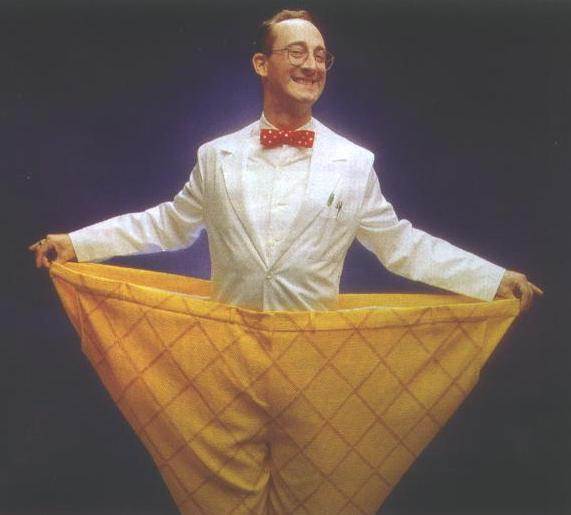Genetic diversity is essential to our survival, but its exactly the huge variance in genetic information that makes all so sought for personalised treatment so difficult. And you don’t need to look at an entire population or even two different people to experience the power of diversity. It’s enough to look inside your own, personal genome since you carry two versions of a gene – one for each parent. Now, for the first time, scientists at the Max Plank Institute for Molecular Genetics in Berlin have decoded the genetic information on the two sets of chromosomes separately.
A dual nature

This may be a breakthrough moments for genetics. While the team led by Margret Hoehe used a small sample size based on the decoded maternal and paternal parts of the genome in 14 people, an amazing discovery was made: the two paternal chromosome sets are distributed in the same ratio in everyone. This ratio held so closely in all the sequenced genomes – with supplemented genetic material gathered from 372 Europeans from the 1000 Genomes Project – that it is very likely that the findings hold true no matter how many genomes are sequenced.
“Fourteen people may not sound like a lot, but given the technical challenge, it is an unprecedented achievement,” says Hoehe.
[RELATED] USB-powered DNA sequencer puts genetic analysis out of the lab to your laptop
Using novel molecular genetic and bioinformatic methods, the team found that most genes have many different forms. On average, 250 different forms of each gene exist and some four million different genes were found in just the 400 or so genomes that were sequenced. Considering 85 percent of all genes have no predominant form which occurs in more than half of all individuals, we can safely say that around 9,000 of all the 17,500 gene occur uniquely in that one person.
“We need to fundamentally rethink the view of genes that every schoolchild has learned since Gregor Mendel’s time. Moreover, the conventional view of individual mutations is no longer adequate. Instead, we have to consider the two gene forms and their combination of variants,” Hoehe explains.
A magic ratio

© Art 4 Science
It’s not enough anymore to look at a mixed gene to retrieve information, like a predisposition to developing a disease like cancer – something doctors today are most interested as far as the benefits of genomic identity is concerned. The findings show that the genome is truly dual, and scientists need to extract both chromosome sets if a more accurate picture is to be painted. Of course, the effects of both forms as a pair shouldn’t be overlooked. The issue right now is that current analytical methods “are ignoring an essential property of the human genome. However, it’s important to know, for example, how mutations are distributed between the two chromosome sets,” according to Hoehe.
The key findings is that gene mutations aren’t randomly distributed between the parental chromosomes. Instead, 60 percent of mutations affect the same chromosome set and 40 percent both sets – cis and trans mutations, respectively. By the looks of it, this formula is essential to the survival of the organism.
“It’s amazing how precisely the 60:40 ratio is maintained. It occurs in the genome of every individual – almost like a magic formula,” says Hoehe. The 60:40 distribution ratio appears to be essential for survival. “This formula may help us to understand how gene variability occurs and how it affects gene function.”
Overall, this highly significant study (Nature Communications) proves that medicine today, and especially that of the future, can not ignore the “dual nature” of human genomes.
“Our investigations at the protein level have shown that 96 percent of all genes have at least 5 to 20 different protein forms. This results in tremendous individual diversity in possible interactions between genes, and shows how daunting the challenge is to develop individually tailored therapies,” says Hoehe.






